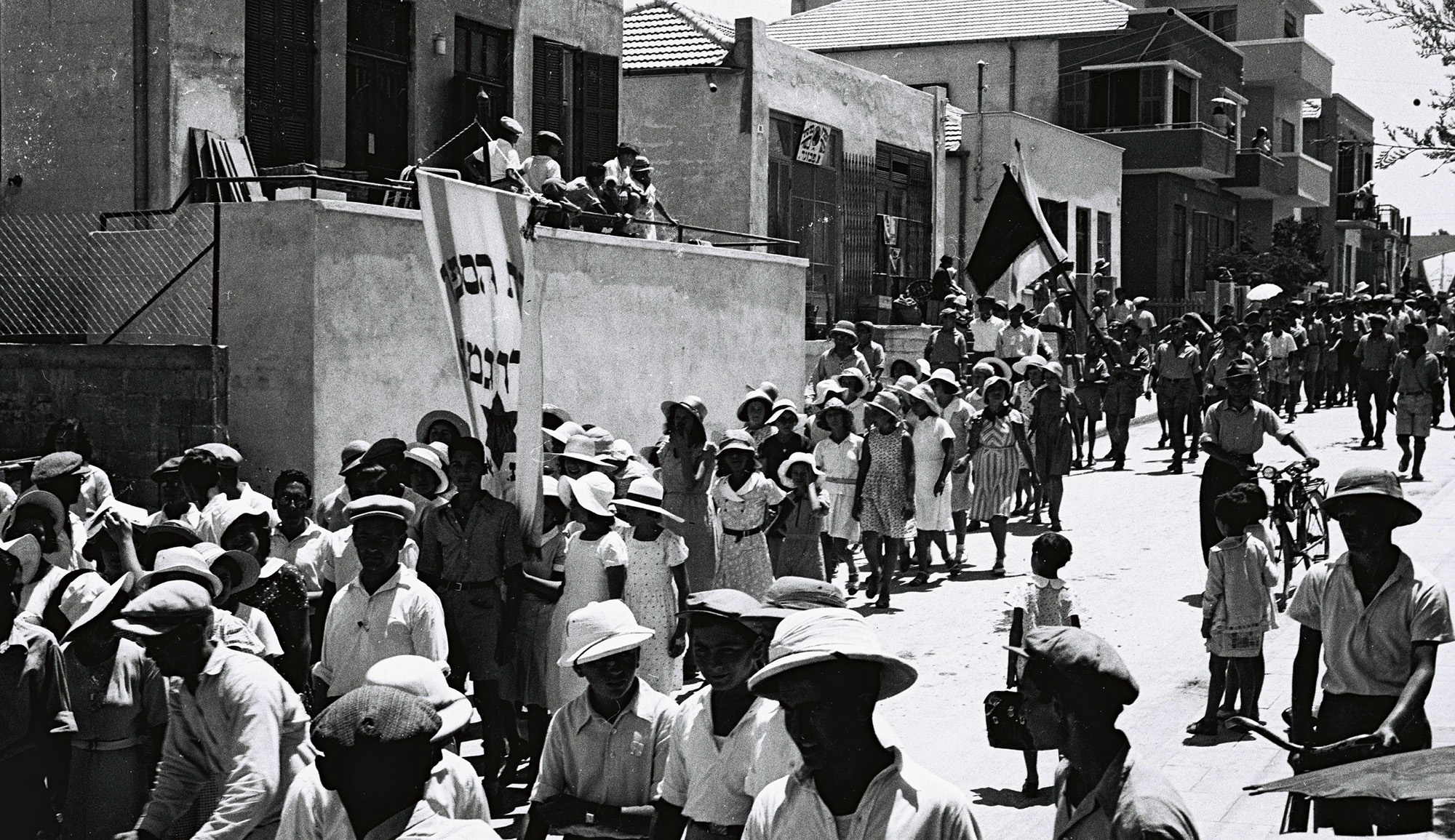When most American Jews think about saying kiddush over a glass of wine on Friday night or drinking the four cups of wine at the Passover seder, they almost immediately think of the syrupy red beverage produced by the Manischewitz company. They probably don’t realize that this wine was once extremely popular among African Americans, and is now a favorite brand throughout the Caribbean. Hannah Steinkopf-Frank writes:
Of the over 900,000 cases produced in 2015, some 200,000 were exported, largely to the Caribbean, Latin America, and South Korea. . . . The reason for the beverage’s sweet—some might say sickly—taste is due to the grapes used to make it. By the 20th century, immigrant Jews were producing kosher wine from cheap, hardy, and sour Concord grapes from the American Northeast. Adding significant amounts of sugar made it drinkable.
It’s estimated that by the mid-1950s, 80 percent of Manischewitz wine consumers were not Jewish. The African American market was so important that in 1973, 85 percent of its advertising budget went to Ebony magazine. . . . The star power gave Manischewitz the image of a sophisticated, classy product.
Although Manischewitz was decades ahead of other products in catering directly to the growing African American middle class, what’s most notable is it did not lose its Jewish identity. The logo still featured a rabbi, with a Bible in one hand and a glass of Manischewitz in the other. . . . As the soul-food scholar Adrien Miller told Slate in an interview, “I found that in the South, these kosher wines like Mogen David and Manischewitz are often called praise wine. And so there’s a significance to the religious culture.”
More about: American Jewish History, Black-Jewish relations, Wine


